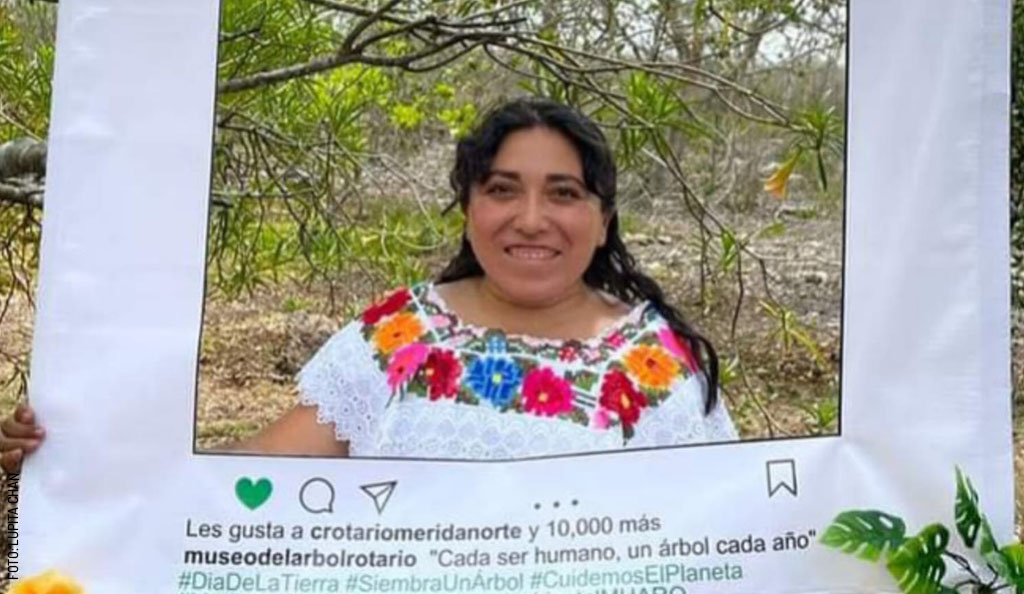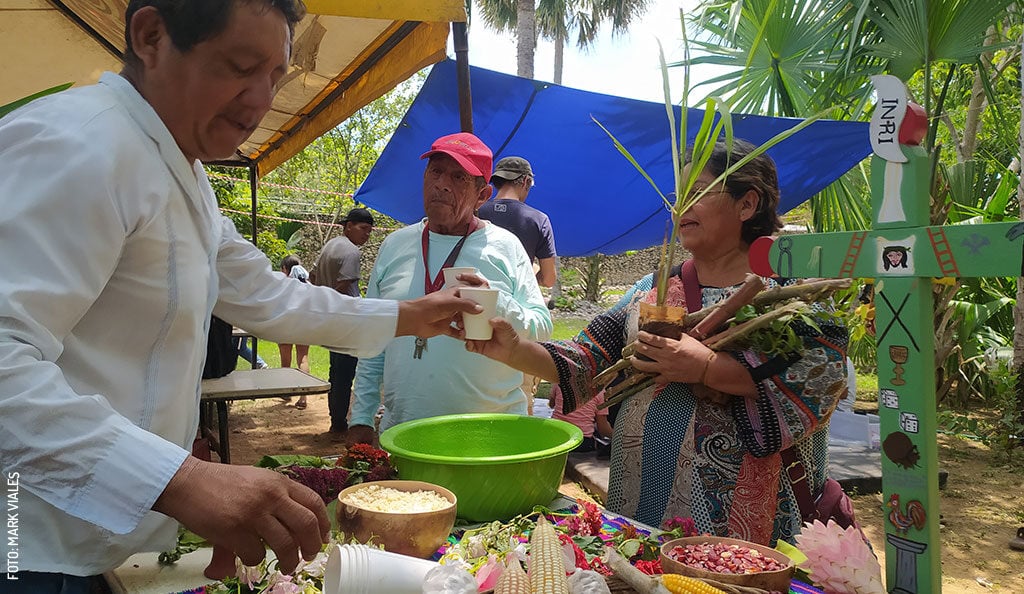
The Enduring Legacy of Maya Shamans
In the quiet morning hours, when the jungle hums with life and the first rays of sunlight kiss the earth, Don Idelfonso Yah Alcocer, 51, kneels by his milpa (Maya farm). He cups his hands around a tender sprout, whispers a prayer to the jungle guardians, and asks for protection over his crops. His voice is soft but resolute, carrying a timeless plea into the heart of the wilderness.
“Bless this land,” he murmurs. “Let the animals take only what they need, and let us live harmoniously with them.”
Don Idelfonso, a Maya shaman (J-meen in Maya) from Chacsinkín, Yucatán, has spent his life learning the language of the jungle—a language unspoken but deeply felt.
“Plants may not talk,” he tells me, “but they answer questions.”
The Forgotten Wisdom of the Maya People
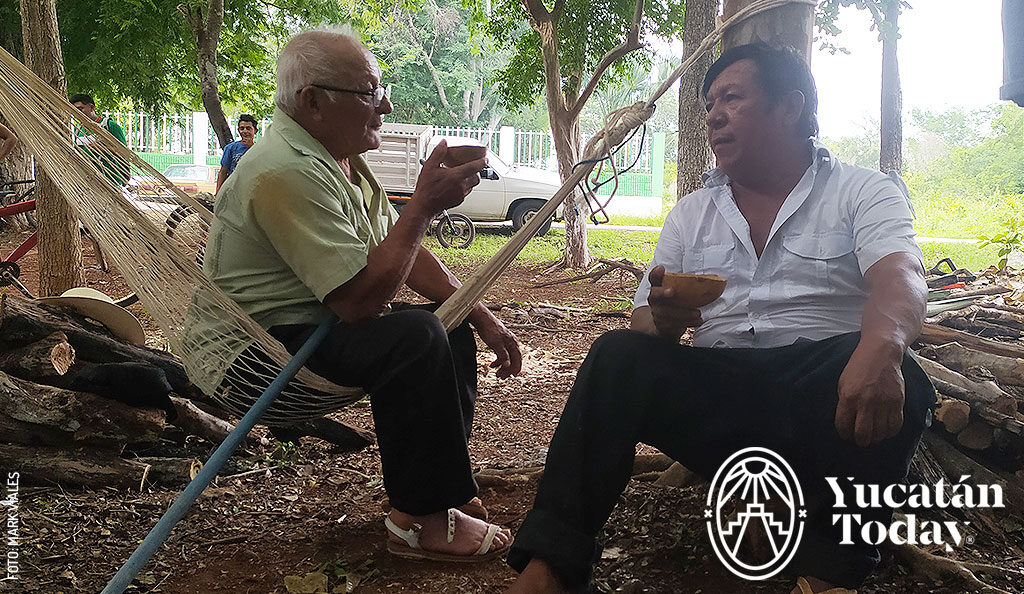
Once, the knowledge of medicinal plants was as abundant as the trees themselves. Villages thrived on this wisdom, healing their ailments with leaves, roots, and blossoms plucked from the earth. But times have changed. Modern medicines, expensive and detached from the land, have replaced the age-old remedies.
“Our ancestors used to say we are inside our medicine,” Don Idelfonso says lamenting. “But we are forgetting it. Some people think of it as witchcraft, and that belief is eroding our traditions.”
He believes the power of plants lay not only in their physical properties but also in the respect and faith people brought to them.
“You must ask permission from the plant,” he explains. “Only then will its healing abilities work.”
The Ritual of Sacab
To maintain harmony between humans and nature, Don Idelfonso performs the ancient ritual of Sacab. At its heart is an offering of respect to the four cardinal points, symbolic of coexistence with the guardians of the wind and jungle. The ritual requires five offerings—one for each corner and one at the center, representing the heart of heaven and earth.
“It is about opening communication with God and nature,” he tells me. “We ask for blessings on our seeds so they may grow, and for the jungle to protect us.”
Though the practices have pre-Hispanic origins, he sees no conflict in blending them with his Christian faith. “There is one true God, but He goes by many names,” Don Idelfonso explains. “I respect the ways of my ancestors and follow them as much as I can.”
The Maya Cha'a Cháak Rain Ceremony
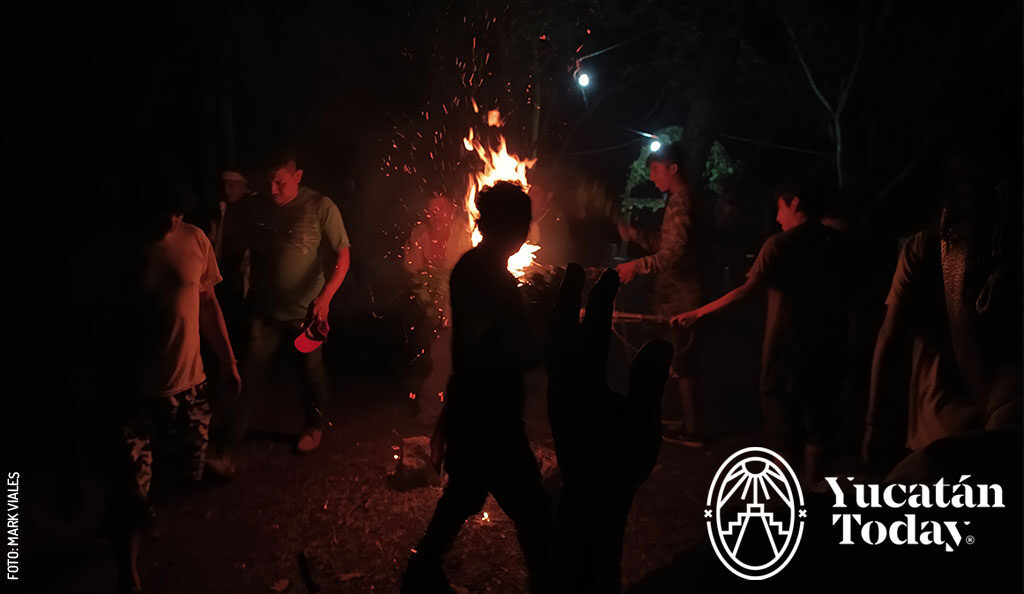
Maya priests are the custodians of a heritage that blends reverence for nature, ancestral knowledge, and deep spiritual devotion. Among them is Don Abelardo Tut Uicah, 59, a seasoned J-meen, who has dedicated over 16 years to preserving the Maya way of life and the sacred Cha'a Cháak ceremony, which calls for rain to sustain the milpas.
Don Abelardo’s journey as a J-meen began at the tender age of 13 under the mentorship of a priest from Peto, Yucatán. For years, he immersed himself in prayers, chants, and the intricate rituals passed down through generations. His participation in ceremonies started even earlier—at just three years old—and by seven, he played the role of a sapo (frog) in the Cha'a Cháak ritual. Along with other children involved in the ceremony, he would mimic the sound of the sapo, which arrive in large armies in nature around cenotes and sing in a chorus as if calling the rain down to them.
Don Abelardo's dedication to his ancestral tradition requires not only an understanding of good and evil but also a profound respect for nature. This respect extends to the spirits of the forest, believed to bring blessings, protect the land, and ensure harmony within the community.
The Cha'a Cháak ceremony is central to the spiritual and agricultural life of the Maya people, with its main purpose being to summon rain to provide sustenance for a bountiful harvest. Despite the decline of the ceremony, it remains a community-wide event in some areas of Yucatán, with entire villages participating in prayers and offerings to Cháak, the Maya rain deity.
“Rain collects in cenotes, bringing life, so we pray to Cháak, who lives inside them,” says Don Abelardo, sadness shadowing his face. “As generations pass, fewer youngsters train to become H-meen as they have other interests. If this continues, our knowledge will be lost forever. The traditional milpa culture is dying. We are becoming monoagricultural, and this is dangerous for the jungle, which thrives on diversity.”
Call For Coexistence
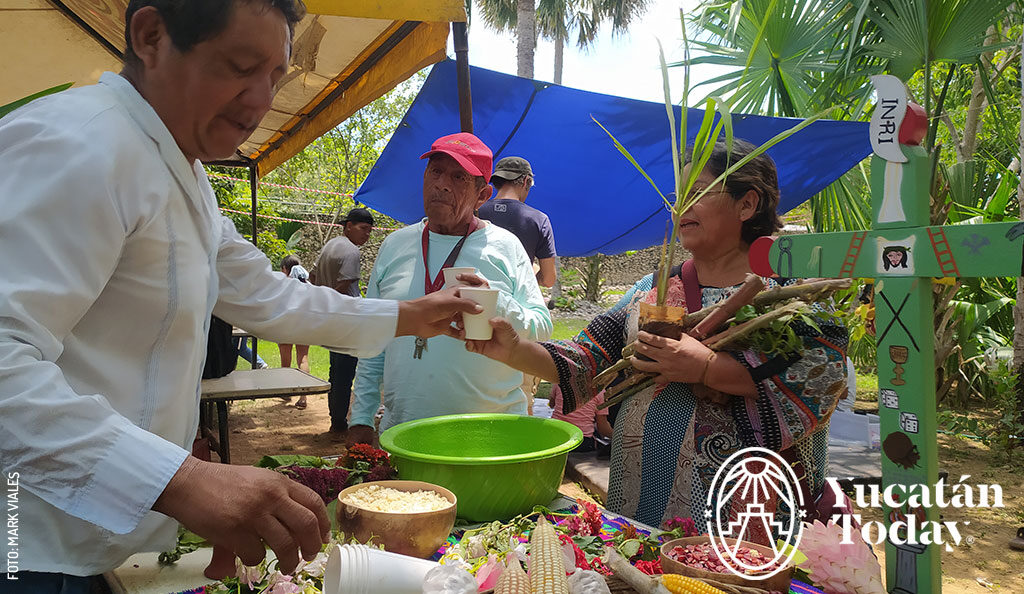
For Don Abelardo, the path forward lies in rediscovering respect for the land and its living beings. He teaches youngsters his belief that seeds are alive as plants and animals have a role in the ecosystem.
“We must learn to coexist,” he says. “The jungle will provide abundance if we let her breathe.”
In his milpa, Don Abelardo practices what he preaches. His crops flourish alongside medicinal plants, creating a natural harmony that attracts helpful insects and deters harmful ones. He shares his knowledge freely, hoping to inspire a new generation to care for the land as their ancestors had.
“The scientific world can learn much from us,” he tells me. “But we must work together. Modern techniques and ancestral practices can coexist, just as we must coexist with the jungle.”
Photography by Mark Viales for use in Yucatán Today.
First published in Yucatán Today print and digital magazine no. 447, in March 2025.

Author: Mark Viales
Independent international journalist from the Rock of Gibraltar. A singer-songwriter with a passion for travel, and a command of four languages.
In love with Yucatan? Get the best of Yucatan Today in your email.
Don't miss our best articles and the monthly digital edition before anyone else.
Related articles
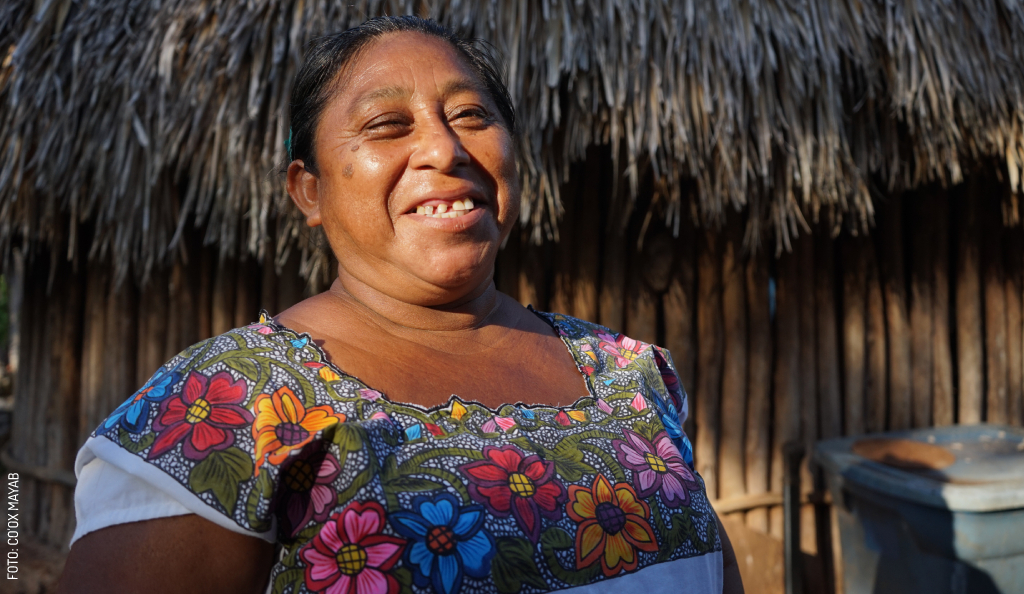
Learning the Maya Language: A Journey of Identity and Life
Discover the Mayan language: history, tips, and fun facts. Learn to speak fluently, connect with the culture, and preserve an ancient language.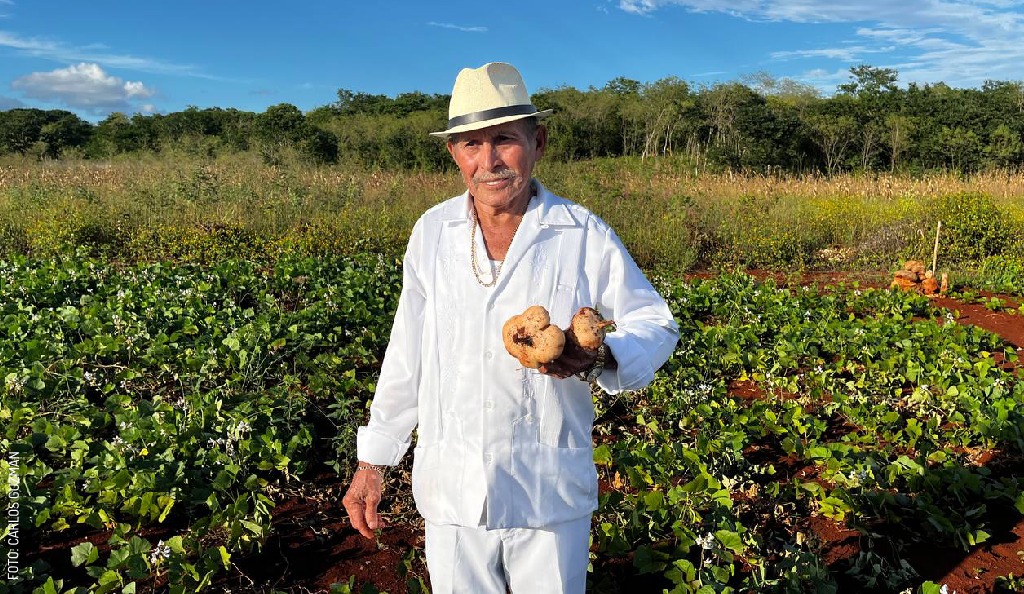
The Myth of the Maya Collapse and Disappearance
The Mayan civilization did not collapse; its people and language continue to live on in Yucatán, as an integral part of Mexican identity.